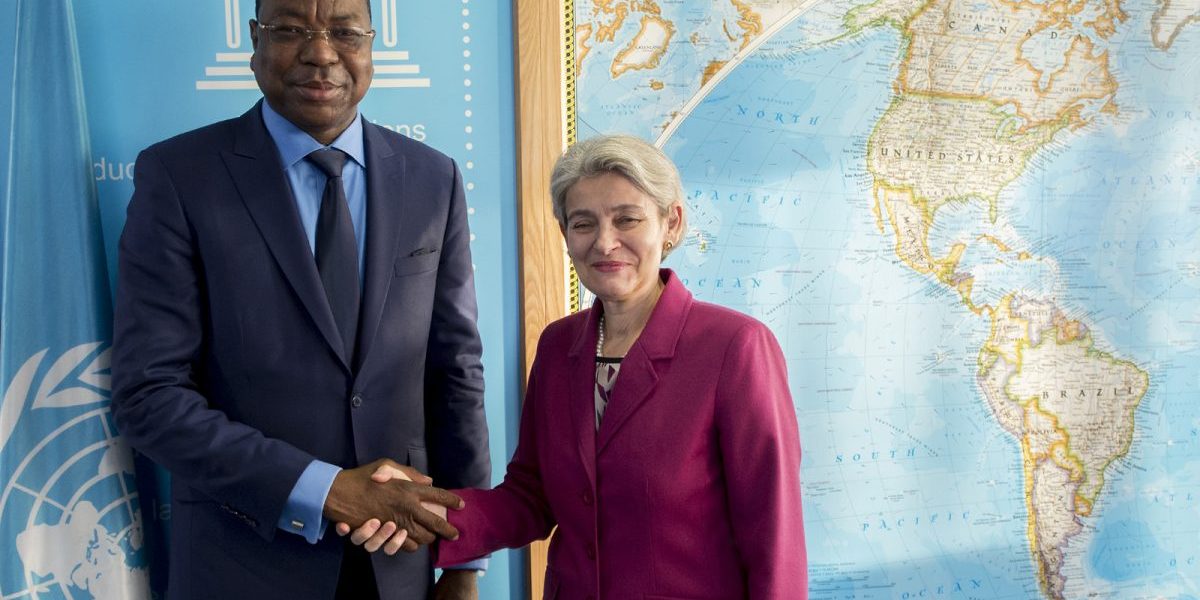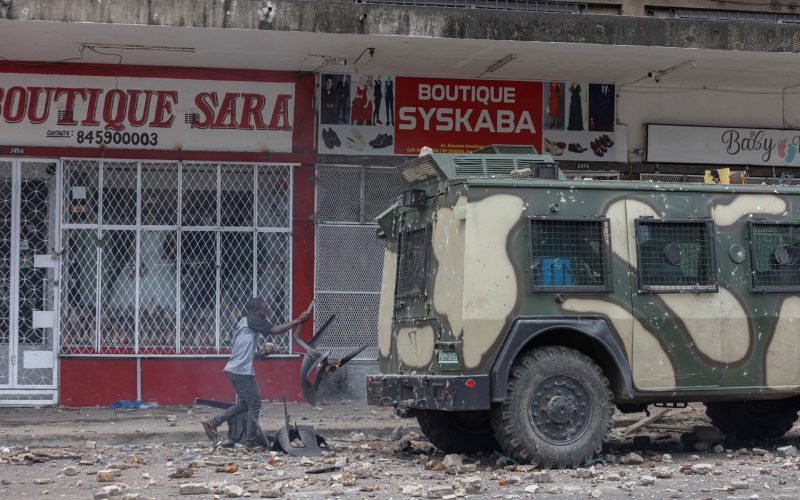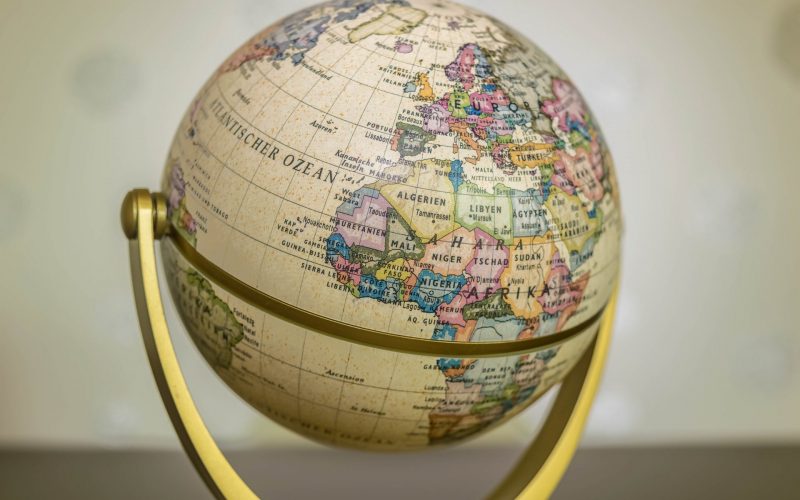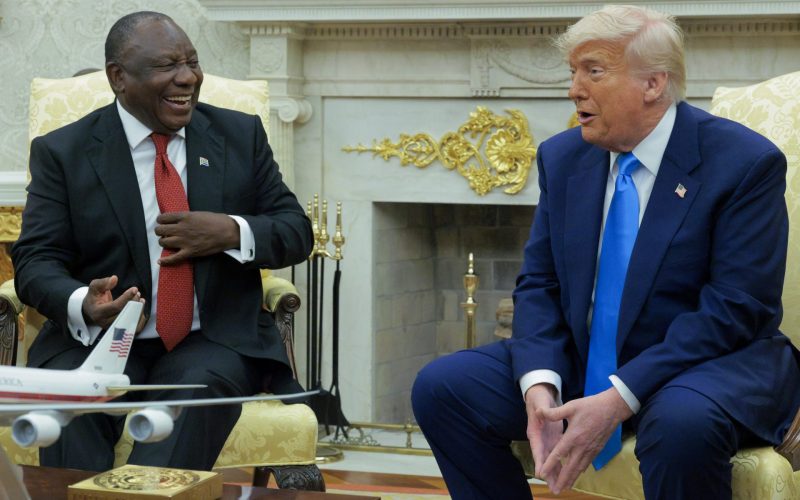Since that time Senegal has occupied a special place in French relations with sub-Saharan Africa. Its first president, Léopold Sédar Senghor, maintained close and largely exclusive relations with France after Senegal achieved political independence in 1960. Since Senghor’s standing down in 1980, Senegal has slowly diversified its foreign relations. At the same time, French African policy has undergone significant changes following the end of the Cold War. While Senegal maintains its special place in French relations with sub-Saharan Africa, France has also diversified its relations with the region, so that non-Francophone countries such as South Africa, Nigeria and Angola now occupy a prominent place in France’s African relations. In addition, since the turn of the century French African policy has undergone a significant process of Europeanisation, although France remains Senegal’s largest bilateral donor and largest foreign investor.
The paper sets out the historic, economic, cultural, military and political dimensions of the relationship, charts the ebb and flow of the relationship since the turn of the millennium and concludes that, despite substantial changes in recent years in the context of accelerating globalisation, the France–Senegal relationship remains an important one for both countries. Indeed, after a period of turbulence from 2000, the election of Macky Sall and François Hollande as presidents of their respective countries in 2012 may herald a new era of relative serenity in the relationship and a strengthening of co-operation between the two countries.
Also available in French: Les Relations Franco–Sénégalaises 2000–2012






